Good pain or bad? Know the different kinds and when to seek help
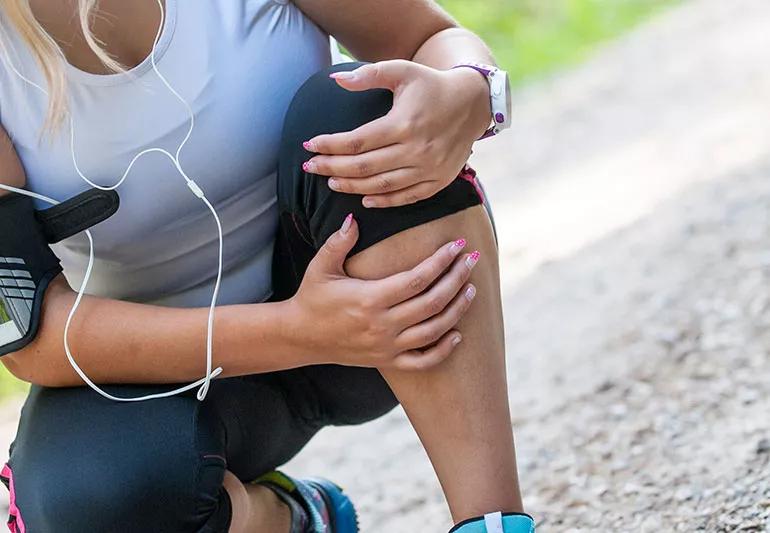
Athletes, fitness buffs and novices alike all know the saying: “No pain, no gain.” To some extent, this is true.
Advertisement
Cleveland Clinic is a non-profit academic medical center. Advertising on our site helps support our mission. We do not endorse non-Cleveland Clinic products or services. Policy
But how do you know if the pain you feel after exercise is a normal or positive sign of the work you’ve done, or whether you’ve actually seriously injured yourself?
It can be hard to know in every case. But you can learn some signs to look for to help you know the difference between pain stemming from working your body in a healthy way, versus pain that results from injury.
For example, according to acupuncturist Thuy Kim Nguyen, DAOM, LAc, it’s common for weight training and cardiovascular activities to stress our bodies positively. These activities condition our bodies and enhance our strength and endurance.
“By pushing our physical boundaries, we can perform at our best,” Dr. Nguyen says. “This almost always comes at the cost of feeling some level of pain. But it’s a different kind of pain than the kind that tells you something is wrong.”’
Dr. Nguyen discusses the difference between pain you need to be less concerned about and pain you shouldn’t ignore.
Good pain, or the ‘burn’ when you lift weights
“Good pain,” believe it or not, does exist. The most common type of good pain is the “burning” muscle pain most often felt while performing an exercise such as weightlifting.
The burning sensation resolves immediately when you put the weights down. The buildup of lactic acid causes it, which is a natural byproduct produced by your muscles.
Advertisement
Delayed onset muscle soreness (DOMS)
DOMS is really just soreness after working out your muscles. It’s the common pain described as a generalized ache that begins a few hours to a couple of days post-workout.
DOMS is often experienced when you begin a new exercise that your body isn’t used to, or if you have increased the intensity of your workouts.
Injury to muscle fibers and connective tissue, only seen under a microscope, occurs due to the stress of the exercise — which is the culprit for this generalized ache.
DOMS typically resolves within a day or so and doesn’t impede your ability to perform normal daily activities or movement of your limbs and joints, Dr. Nguyen says.
According to Dr. Nguyen, while there are instances when you can anticipate pain as a result of exercise, make sure that you pay attention to its duration, or if it changes from dull to sharp, aching to throbbing, or similar. If it lasts longer than a couple days after a workout, see a healthcare provider.
You should always be cautious about pain, especially if it’s severe or persists afterward, because serious injuries could be a culprit, Dr. Nguyen advises. These include a stress fracture or tear, or they can be signs of other health issues. If it’s something more serious, medical attention is needed.
“If you aren’t sure, always err on contacting your doctor,“ she says.
There are many kinds of pain that indicate something else could be wrong. Don’t ignore any of the following types, and definitely see a provider if your pain:
Advertisement
“If you experience any of these pains, you should seek treatment from a medical professional,” Dr. Nguyen emphasizes. “The sooner you resolve an issue with pain, you may be deterring further injury — and the sooner you can get back to being your healthier self.”
Advertisement
Learn more about our editorial process.
Advertisement

Acute pain goes away with treatment, while chronic pain is long-lasting and can be complex to manage
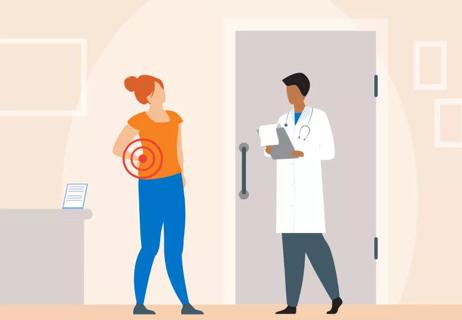
Arthritis, migraines and endometriosis are common causes of chronic pain
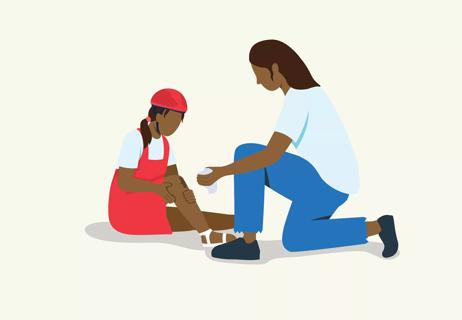
Not all signals of physical pain actually make it to our brains — and you have some power over it
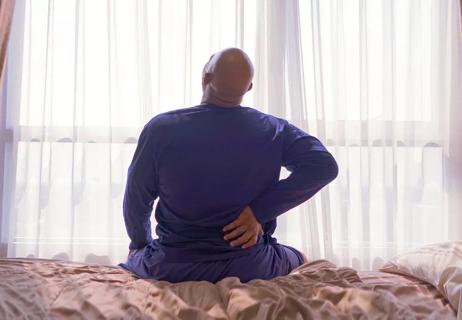
Find the right sleep position to tame your joint pain
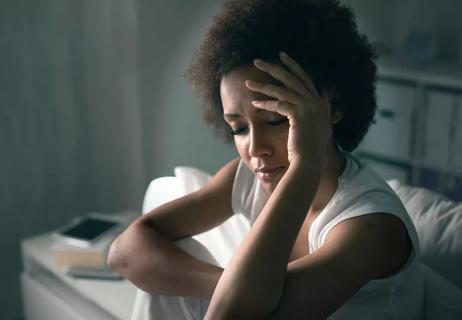
Therapy helps pain sufferers get their sleep
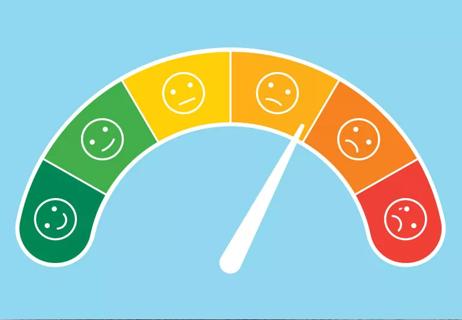
Tips to help your pain management specialist help you
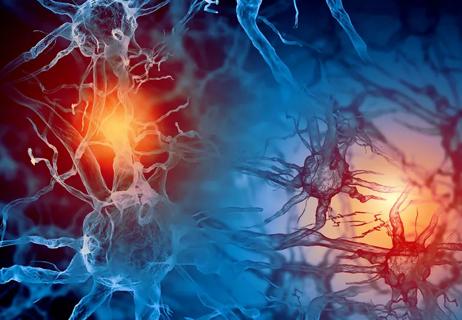
In a major study, 93% of people saw a reprieve in pain
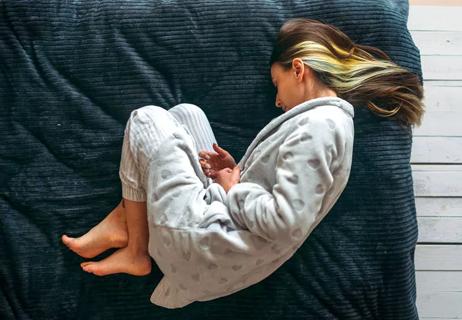
Research shows that the pain experience differs for women and men

Babies can get congested easily, but you can calm their cough by keeping them hydrated, using nasal drops and running a humidifier

Weight loss may cause loose, sagging skin and muscle loss to your rear

Several conditions, like vitiligo and fungal infection, can cause a loss of pigmentation, leading to white spots or patches on your skin